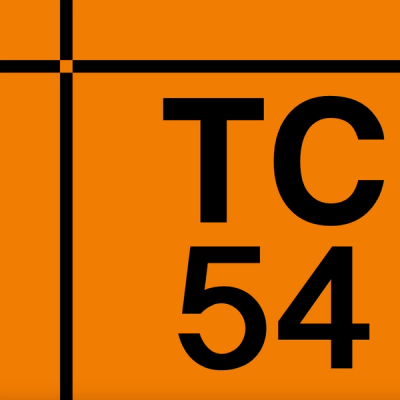


Image Display Control metadata parsing library
➡️ See this document rendered at docs.frameright.io/javascript
An easy way to retrieve Image Display Control metadata
out of images. Made with :heart: by Frameright. Power
to the pictures!
:sparkles: Live demo
:bulb: GitHub Discussions
NOTE: this is a wrapper around
mattiasw/ExifReader and
image-size. Many thanks to
mattiasw, netroy,
and other contributors!
Table of Contents
Overview
The
Image Display Control web component
extends the <img> tag with the ability to accept a list of
image regions, and to zoom in on the best one for the current element size, thus
achieving better results than
object-fit: cover;
a.k.a. middle-cropping. Its syntax looks like:
<img
is="image-display-control"
src="https://images.pexels.com/photos/3625715/pexels-photo-3625715.jpeg"
width="200"
height="200"
data-image-regions='[{
"id": "oneanimal",
"names": ["One animal"],
"shape": "rectangle",
"unit": "relative",
"x": "0.217",
"y": "0.708",
"width": "0.239",
"height": "0.1467"
}, {
"id": "threeanimals",
"names": ["Three animals"],
"shape": "rectangle",
"unit": "relative",
"x": "0.245",
"y": "0.725",
"width": "0.419",
"height": "0.121"
}]'
/>
Typically this list of image regions come from the metadata of the image file
itself, is retrieved by the back-end, and is placed in the front-end's
<img data-image-regions=" attribute.
This is where this library comes into play: it allows your Node.js back-end to
easily retrieve this metadata.
NOTES:
- A React component leveraging this library is available
here.
- A PHP equivalent of this library is available
here.
Usage
In a Node.js back-end
#!/usr/bin/env node
import { promises as fs } from 'fs';
import { Parser } from '@frameright/image-display-control-metadata-parser';
const buffer = await fs.readFile('IPTC-PhotometadataRef-Std2021.1.jpg');
const parser = new Parser(buffer);
console.log(parser.getIdcMetadata());
This has been
validated
with JPEG, PNG, and WebP images.
:memo: Tutorial
:scroll: Reference
:wrench: Contributing
📝 Changelog
:bulb: GitHub Discussions
Directly in a browser
For testing purposes, you can use this library directly in the browser:
<html>
<body onload="documentLoaded()">
<script
type="module"
src="https://cdn.jsdelivr.net/npm/@frameright/image-display-control-metadata-parser@2.0.0/dist/image-display-control-metadata-parser-standalone.min.js"
></script>
<script type="text/javascript">
async function documentLoaded() {
const image = await fetch(
'https://iptc.org/std/photometadata/examples/IPTC-PhotometadataRef-Std2021.1.jpg'
);
const buffer = await image.arrayBuffer();
const parser = new ImageDisplayControl.Parser(buffer);
const regions = parser.getIdcMetadata();
console.log(JSON.stringify(regions, null, 2 ));
}
</script>
</body>
</html>
The parsed metadata can then directly be fed to the
Image Display Control web component.
This React component
is an example of doing that.
:sparkles: Live demo
💻 CodeSandbox
Image Display Control metadata
Nowadays an image file (e.g. JPEG, PNG) can contain this type of image regions
in their metadata according to
the IPTC standard.
Photographers, or anyone else, can use the
Frameright webapp to define and store image regions in
the metadata of their pictures.




